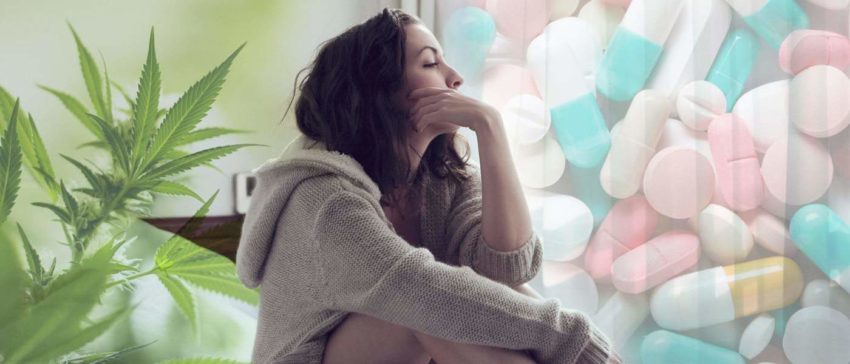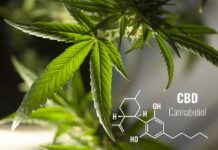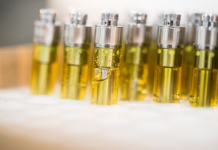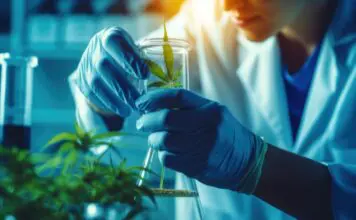Cannabis is a plant that has many useful properties and effects on humans. For example, substances found in this plant can cause a variety of positive feelings in a person who uses it, such as relaxation, happiness, or a lesser sense of stress. In particular, it can be helpful to people suffering from anxiety or depression.
As a first step in the fight against depression, most people use antidepressants on the doctor’s advice. Also, it often happens that one person can use both cannabis and antidepressants at the same time, without paying attention to whether this combination is hazardous to health. Although this plant has been the subject of numerous studies for years, even those around whether there is a link between some psychiatric disorders and cannabis consumption, very few studies have been published to explain whether cannabis and antidepressants interact and if so, then in what way? Although we have made a lot of effort to explore more on this topic, websites such as the National Institutes of Health PubMed or the National Institute on Drug Abuse, and even Google Scholar, did not provide us with relevant information.
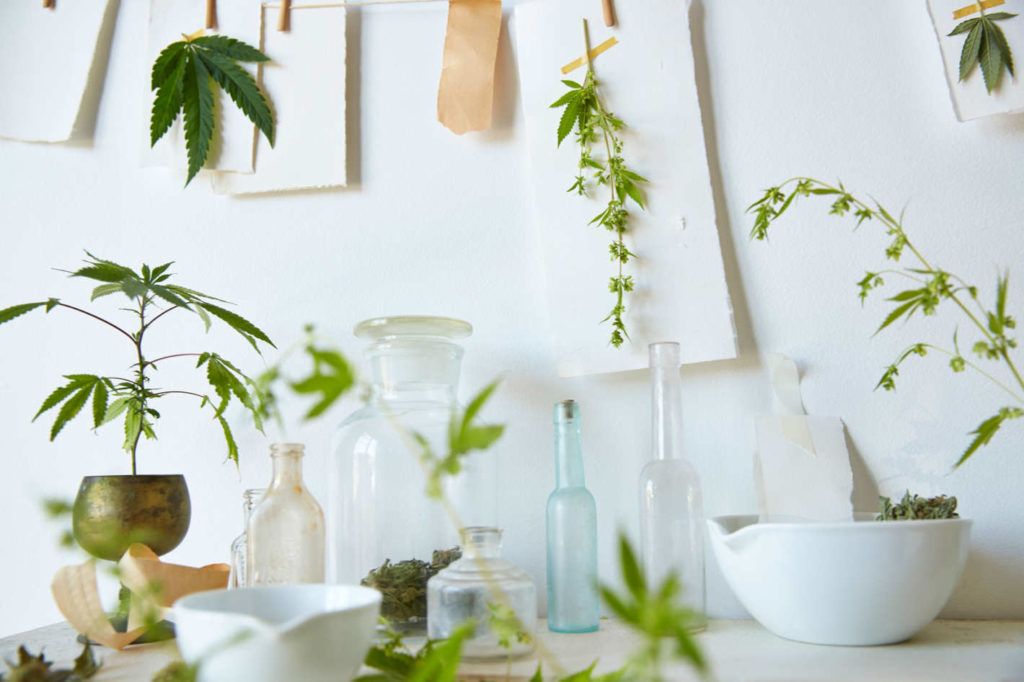
According to a study conducted by experts at the University of Connecticut Health Center at the Division of Child and Adolescent Psychiatry, some adverse effects can occur if simultaneous consumption of psychoactive drugs and psychotropic drugs is done. There are also several reports that confirm that an adverse reaction may occur if there is an interaction between the above-mentioned substances.
The same experts who carried out this research say that there are currently little reports on this topic, primarily because adverse reactions are really rare or may not happen at all. They state that it is very unlikely that there will be interactions between newer drugs for the treatment of psychotropic diseases and psychoactive drugs such as cannabis. However, lack of awareness can be one of the reasons for the adverse effects.
Also, it’s important to tell your doctor that you are using psychoactive drugs if it comes to the interaction between substances so that he or she can help you in the right way.
As we have said, newer drugs are safer for use because the risk of interaction is rather low or moderate. On the other hand, the use of older antidepressants increases this risk. In any case, the best solution is to consult your doctor to make sure.
Risks of Drug Interactions
When we talk about the problems doctors most often encounter, one of the biggest ones is prescribing antidepressants to a person who uses cannabis or a similar psychoactive substance. The biggest problem is to prescribe the right dose of this drug, and the use of cannabis is certainly a factor that must be taken into account.
The situation is even harder for assessing if a patient uses a variety of drugs (prescription, over-the-counter or illicit). In such cases, it is difficult to estimate how many of them affect the behavior of the patient and the side effects of each one. So, as more substances are in use, it is more difficult to make a good estimate. The most common solution used by doctors is that the patient uses one drug at the beginning, and later add more if needed.
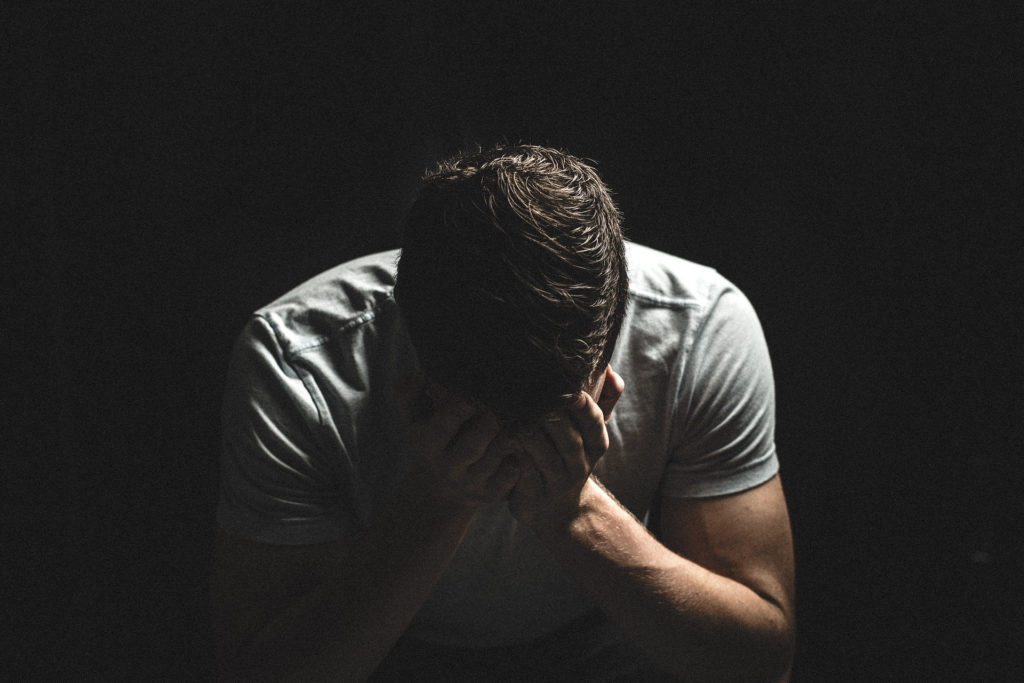
Allan Schwartz, who works in New York and Colorado as a clinical social worker, found that the best solution for patients who have treatment is to stop using cannabis and similar substances for some time in order for a drug prescribed by a doctor to have an effect on their psychological state.
“I was, at times, able to get patients to agree to stop their marijuana use for a few weeks just so they could determine whether there was or was not an improvement in the mind. These individuals were surprised, but were willing to admit that they felt real improvement in mood and functioning.”
However, the problem arises when the patient struggling anxiety or depression begins to misuse marijuana in some way or to constantly consumes it when feeling depressed. Also, the fact is that all people who suffer from these disorders consume marijuana several times more than people who have no problems with them.
Another major problem is the failure to follow the instructions given by the doctor. Prescribed medicines and therapies such as psychotherapy or cognitive behavioral therapy are ignored in most cases and this behavior is followed by the use of various drugs, cannabis or alcohol during treatment. This is the most common feature of people suffering from bipolar disorder or severe depression.
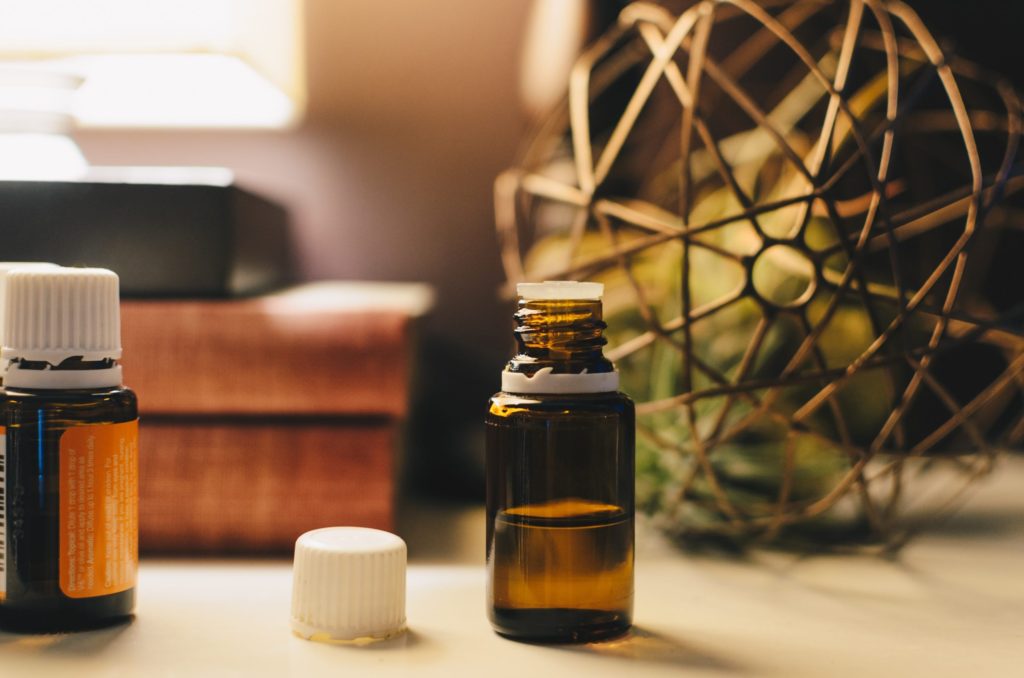
Mr. Schwartz also said that such patient actions can have very bad consequences.
“I have directly witnessed the tragedy of patients going out of their medications for bipolar disorder, using marijuana and ending up re-hospitalized in worse shape than any time before the relapse. In fact, it was my experience that many of these unfortunate patients experienced multiple relapses and were caught in an endless cycle of hospitalizations marked by periods of instability between.”
In addition to the previously mentioned risks, patients also need to pay attention to the risks associated with each group of antidepressants. All necessary information can be obtained from your doctor or from the literature provided with the medicine. Below, we divided antidepressants into two groups according to the risk of interaction with cannabis.
Group of antidepressants with low to moderate risk of interaction with cannabis
The first group includes drugs such as SSRIs, SNRIs and NDRIs.
In SSRIs, respectively, serotonin and norepinephrine reuptake inhibitors include drugs used in anti-depression therapy. Therefore, the risk of interaction with marijuana is low or moderate, however, there are special cases where a combination of cannabis and these drugs may increase the risk of hypomania, and this is most common in cases where people are suffering from bipolar disorder.
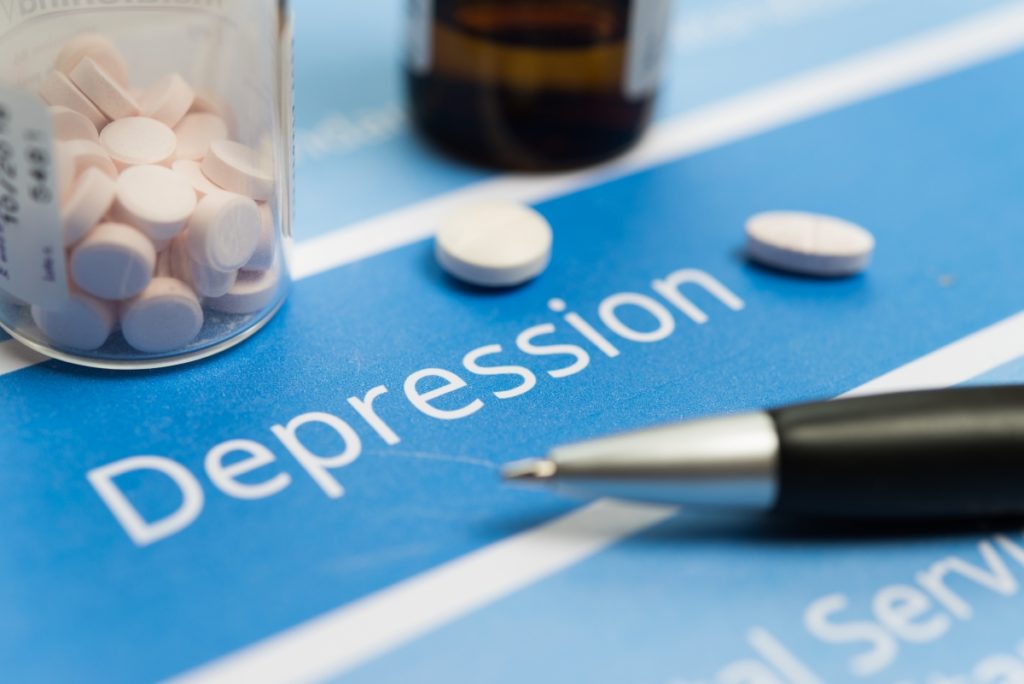
This group of drugs includes Lexapro, Paxil, Prozac, Zoloft and Celexa.
In SNRIs (serotonin and norepinephrine reuptake inhibitors) there are antidepressants that have a low or moderate risk of interaction with marijuana or some other drugs. Such cases are really rare. This group of drugs includes Cymbalta and Effexor XR.
In the end, NDRIs also include drugs with low risk of interaction and there are very little cases of adverse effects when combining these drugs with marijuana.
Group of antidepressants with a high risk of interaction with cannabis
The second group of drugs that have a high risk of interaction includes drugs such as MAOIs, tricyclic antidepressants and sedatives.
The first ones, MAOIs (Monoamine oxidase inhibitors), include tranylcypromine, isocarboxazid, and phenelzine. Examples of drugs include Parnate, Marplan and Nardil. These medicines can also cause adverse effects when consumed with certain foods, and the results can be fatal. For these reasons, the consumption of these ones isn’t recommended when using cannabis.
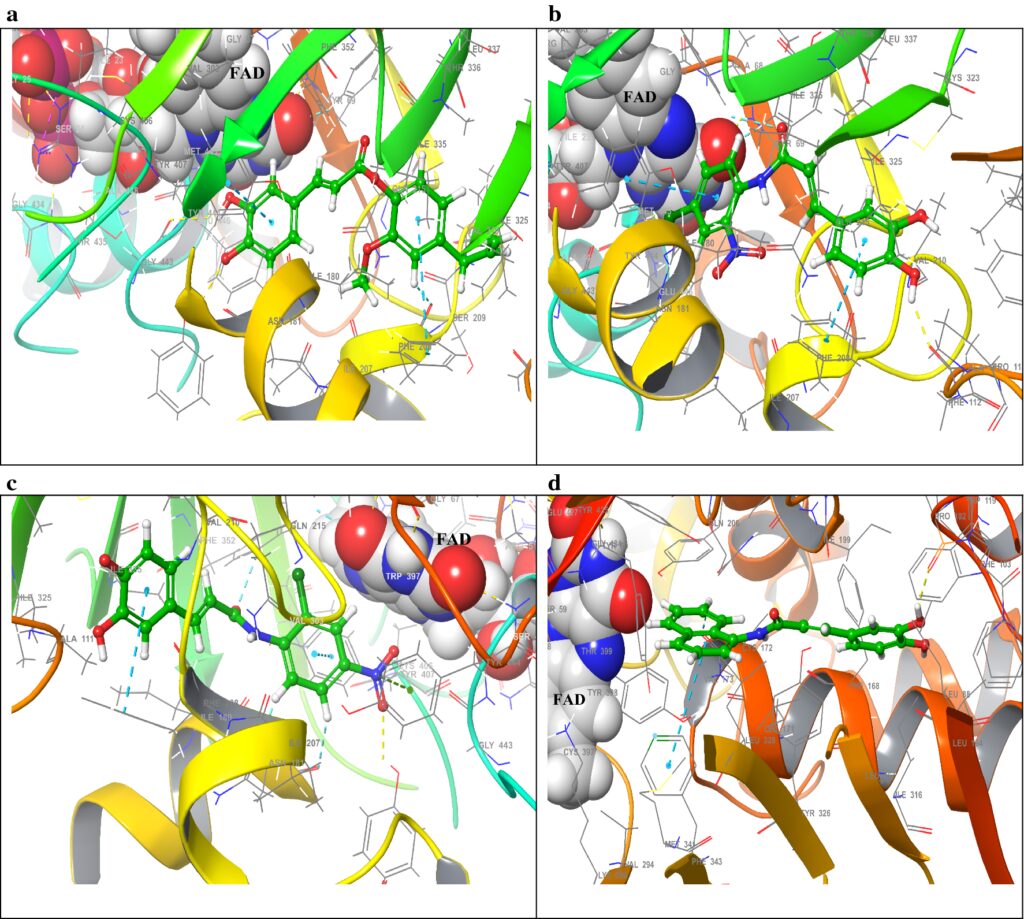
The tricyclic antidepressants include amitriptyline, imipramine, trimipramine, and doxepin. Some of the drugs are Tofranil and Surmontil. An excellent example of the interaction of this group with cannabis is the case of a 17-year-old boy who suffered from insomnia and depression. He has prescribed the use of amitriptyline. One of the problems that came up after the use of marijuana was tachycardia. According to the doctor who examined the boys, without medical intervention, this combination could have effects that would be life-threatening.
The last in the group with a high risk of interaction are sedatives that do not actually belong to antidepressants but are often used by people using antidepressants. One of the effects caused by these drugs is drowsiness. In the case of the use of cannabis, these effects can be enhanced. The sedatives include zolpidem, clonazepam, phenobarbital, and lorazepam. Particularly bad can be for people who are struggling with severe depression or bipolar disorder.
Cannabis with High CBD Content for Anxiety
So, as we said at the beginning of this text, the appropriate use of marijuana can lead to the feeling of euphoria and relaxation, however, if the cannabis has too much THC, then the effects can be the opposite. In cannabis, there is another very important ingredient that can suppress the effects of THC, which is CBD. This compound proved to be very useful in the fight against depression or anxiety, but also some psychiatric disorders. So, if you want to use cannabis for medical purposes to treat the above diseases, it’s our advice to find those with lots of CBD.

